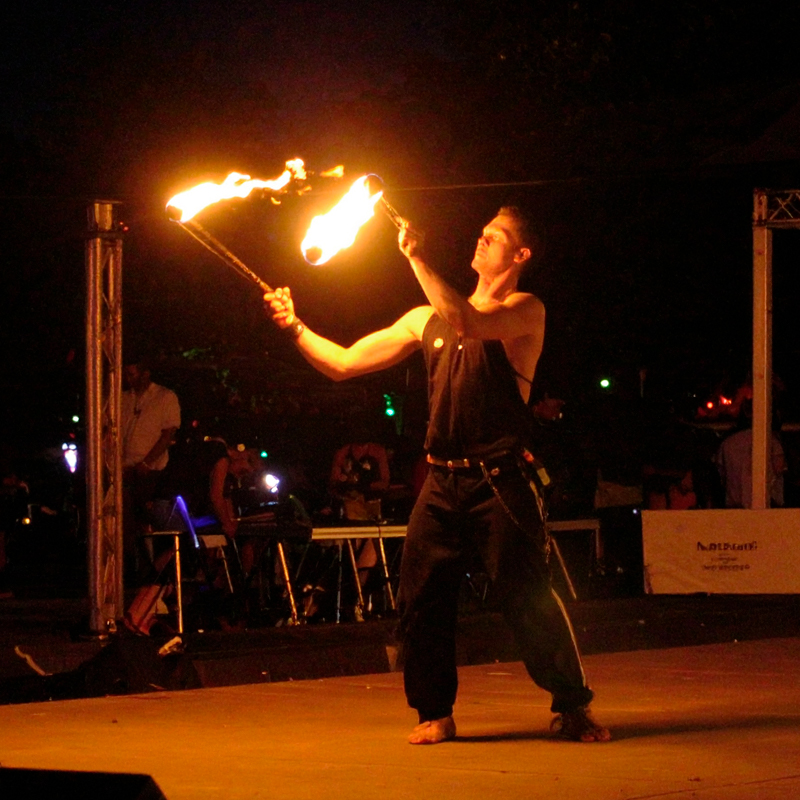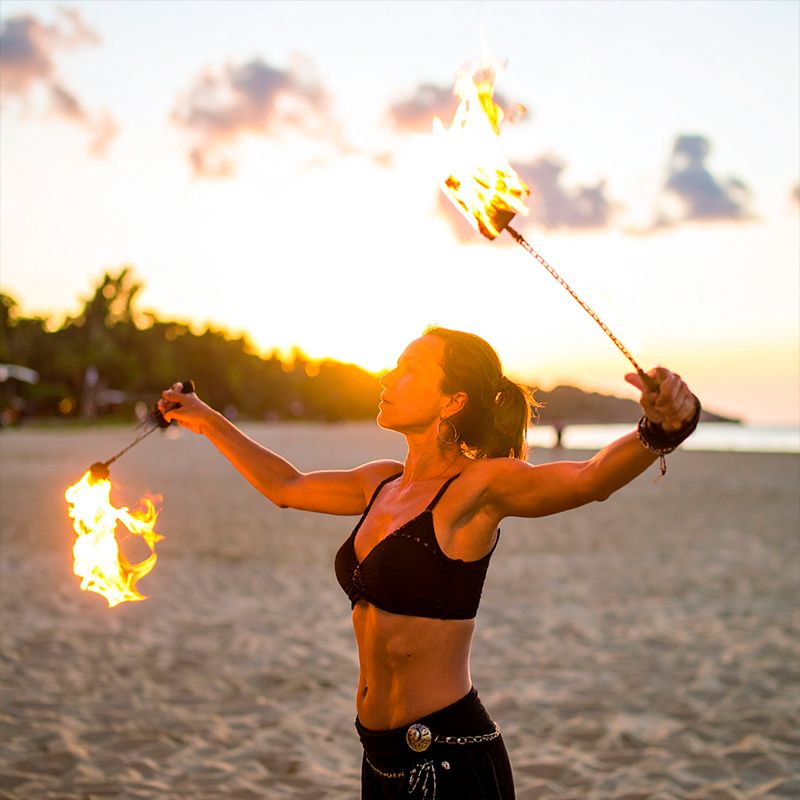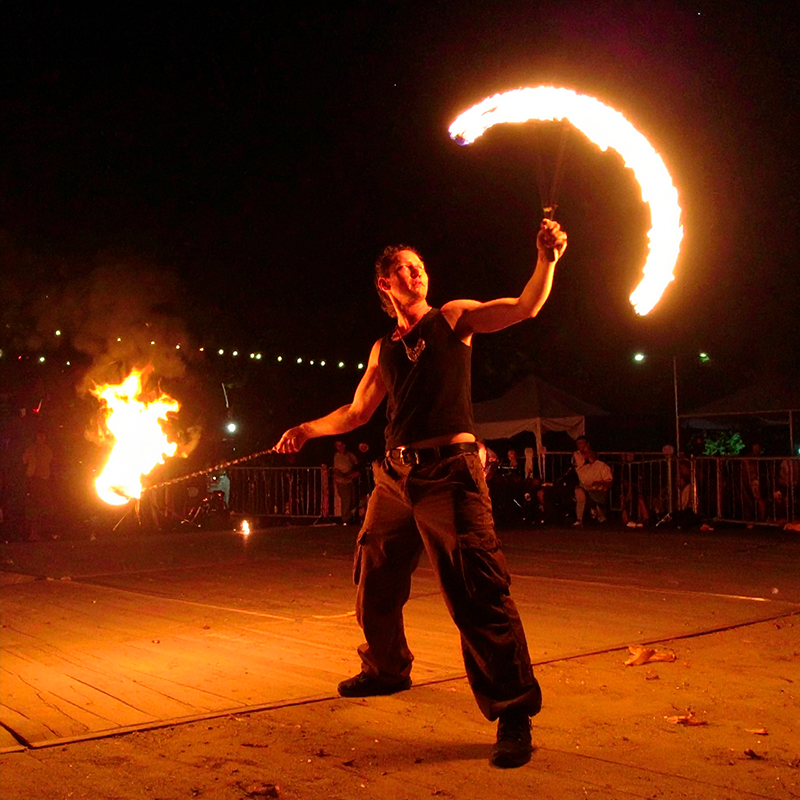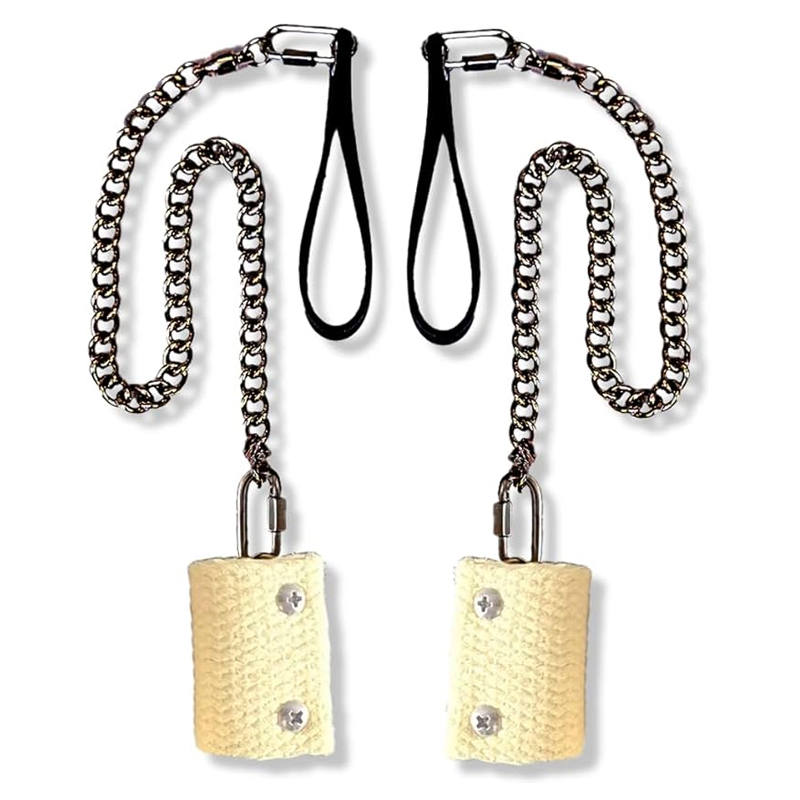1. Introduction to Fire Poi: A Transformational Experience
Fire poi is not just a captivating performance art—it’s an immersive experience that blends rhythm, coordination, and controlled danger. For beginners, stepping into the world of fire poi can feel both exhilarating and intimidating. The glowing trails of flame might scream adrenaline, but every expert once stood where you are now: wondering how to begin.
The good news? You don’t start with fire. In fact, you shouldn’t. Like any performance tool that deals with risk, poi spinning demands practice, discipline, and a lot of safety mindfulness. But once you’ve nailed the foundations, fire poi becomes a gateway to artistic expression, mesmerizing performances, and even viral moments on social media.
2. Getting Started: Practice with Non-Flammable Poi First
Before you even think about lighting up, you need to get comfortable with the motion and control of poi. Start with sock poi, fabric poi, or LED poi balls. These are lightweight, forgiving, and perfect for understanding how your body and poi interact.
In my experience, the transition to fire poi should never be rushed. I always recommend practicing with non-fire poi until you feel confident with basic moves and combinations. It’s like learning to drive—start in an empty parking lot, not a highway.

LED poi is particularly useful: it allows you to visualize your patterns and even record videos to review your progress. Plus, they’re fun and make practice feel rewarding.
3. Essential Gear for Beginner Fire Poi
Before you light your first poi, you’ll need the right equipment. Don’t improvise—invest in quality gear designed for beginners:
- Fire Poi Heads: Start with small, lightweight Kevlar heads. Less fuel means smaller flames.
- Chains and Handles: Choose poi with swivel chains and comfortable handles. Length should be adjusted to your arm span.
- Safety Gear: Natural fiber clothing (cotton or wool), fire blanket, fire extinguisher, and a safety buddy.
Sites like Home of Poi and Perfect Circle Poi offer starter kits designed specifically for beginners. When browsing, look for keywords like “intro poi set,” “beginner fire poi,” or “training poi with flame-resistant design.”
4. Must-Know Fire Poi Safety Rules
Fire poi isn’t a toy—it’s a performance tool that can cause real harm if not treated with respect. Whether you’re spinning alone or performing, these safety tips are non-negotiable:
- Always have a safety spotter: Someone who holds a fire blanket or extinguisher, standing at a safe distance.
- Use fire outdoors only: Away from flammable materials, dry brush, or crowded areas.
- Wear proper clothes: No synthetic fabrics! They melt into the skin. Go for tight-fitting natural fibers.
- Have an extinguishing station: Metal can with a damp towel to snuff flames post-performance.
- Check your equipment before every session: Loose bolts or frayed Kevlar can lead to accidents.
As I always say: fire poi is not a toy. It’s powerful, dangerous, and beautiful—only when used responsibly.

5. Basic Poi Techniques Every Beginner Should Master
Before you introduce fire, you need to be fluent in basic poi spinning mechanics. Here are essential moves you should master:
- The Two-Beat and Three-Beat Weave
- Butterfly
- Reels (Forward and Reverse)
- Isolations
- Turning Techniques
Focus on symmetry and timing. Make sure you’re spinning in rhythm with your body and not flailing to keep the poi moving. Record yourself if possible—it’s one of the fastest ways to spot mistakes and refine form.
I found that starting with basic tricks helped me build confidence before adding heat. And when I did add fire, my muscle memory kicked in without panic.
6. Making the Leap: Your First Fire Poi Session
That first fire spin? Unforgettable. Your pulse quickens. The flames crackle beside your ears. But if you’ve practiced properly, it’s not fear you’ll feel—it’s focus.
Here’s how to structure your first fire poi experience:
- Do it at dusk: Not pitch black, so you can still see your surroundings.
- Keep it short: Just a few spins at a time. You’re not performing yet—you’re getting used to the presence of fire.
- Stick to basic moves: No crossovers or complex patterns yet.
- Have a friend record it: Not for social media clout, but to analyze and improve.
Personally, I practiced for weeks before my first fire spin. And even then, I chose an open space, far from people—especially children—and wore my tightest cotton hoodie.
7. Common Mistakes and How to Avoid Them
Fire poi demands humility. It’s easy to underestimate it and make avoidable mistakes. Here are a few common ones—and how to steer clear:
| Mistake | Fix |
|---|---|
| Jumping into fire too soon | Practice longer with LED or sock poi |
| Using synthetic clothes | Always wear natural, tight-fitting fabrics |
| Spinning in the wind | Wait for calm weather conditions |
| No safety setup | Fire extinguisher and wet towel = mandatory |
| Overfilling poi with fuel | Soak, then dab off excess before lighting |
In my early days, the biggest lesson I learned was not to skip safety—no matter how confident you feel.
8. Fire Poi as Art, Spectacle, and Social Magnet
Fire poi isn’t just skill—it’s showmanship. Whether you perform at festivals, film viral reels, or join local spin jams, poi spinning becomes a lifestyle.
Poi has given me a way to express creativity, stay active, and even connect with communities around the world. It’s a gateway to a broader flow arts culture, combining elements of dance, martial arts, and street performance.
People often ask, “How do I get noticed?” Easy answer: Master the basics, develop your own style, and record clean performances. Then share responsibly—always noting that fire poi should never be attempted without training.

9. Resources and Communities for Ongoing Growth
There’s a thriving poi community online and offline. Here are resources I recommend:
- YouTube Channels: Nick Woolsey, DrexFactor, Playpoi
- Online Courses: Perfect Circle Poi, Flow Arts Institute
- Gear Shops: Home of Poi, Flowtoys
- Reddit: r/poi
- Local Flow Jams: Search Facebook events or local circus schools
As you grow, consider taking in-person workshops. Learning from others accelerates progress and reduces the risk of injury.
10. Final Thoughts: Your Fire Poi Journey Starts Here
Starting fire poi as a beginner isn’t just about spinning flames—it’s about mastering yourself. Through practice, patience, and a respect for safety, you’ll unlock a skill that’s not only visually stunning but deeply fulfilling.
To recap:
- Start with practice poi like sock poi or LED poi balls.
- Prioritize safety above all else.
- Learn basic moves before attempting any fire work.
- Invest in quality gear.
- Take your time—the fire will wait.
🔥 Ready to light up your journey? Grab your practice poi, head outside, and let the rhythm lead the way.
